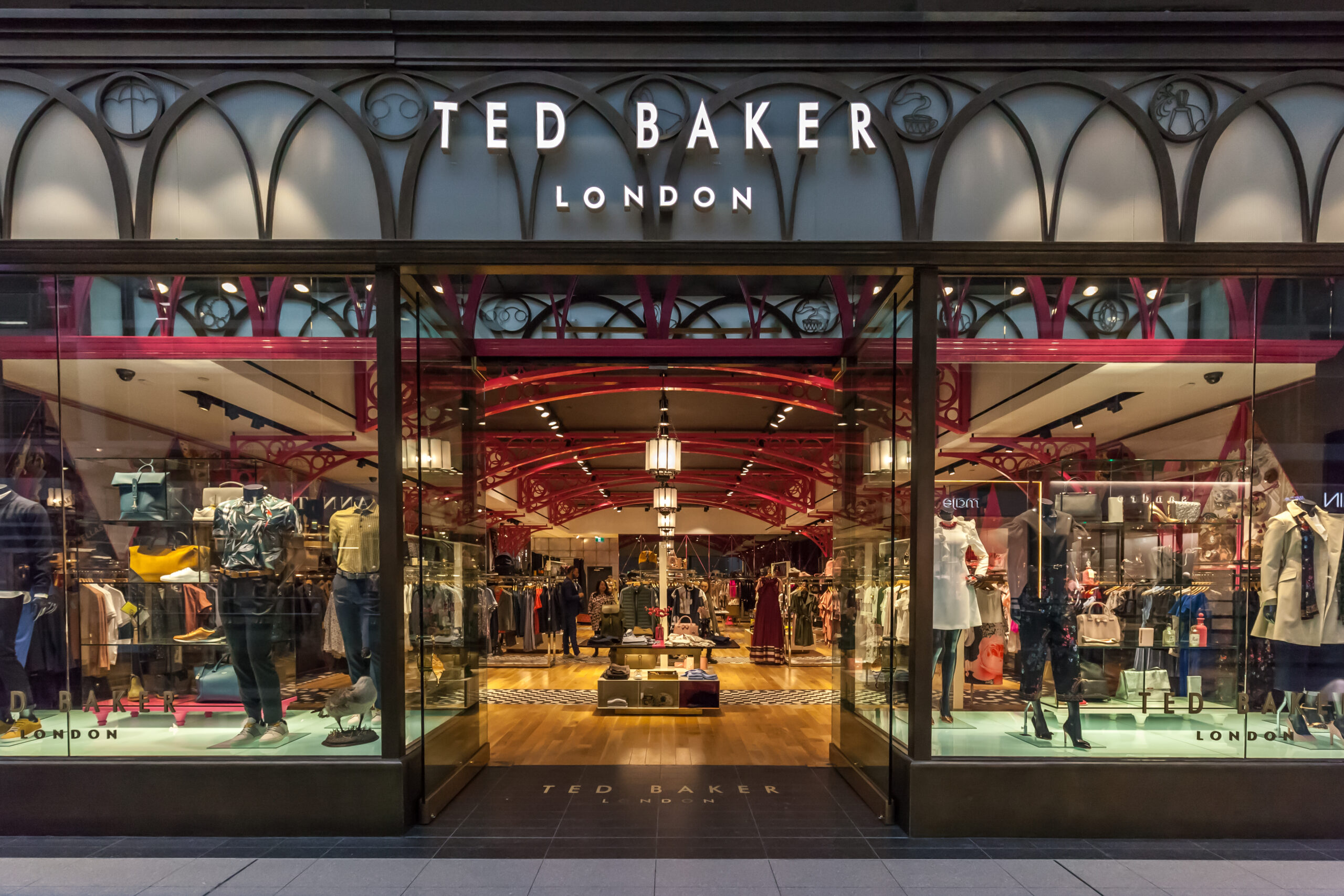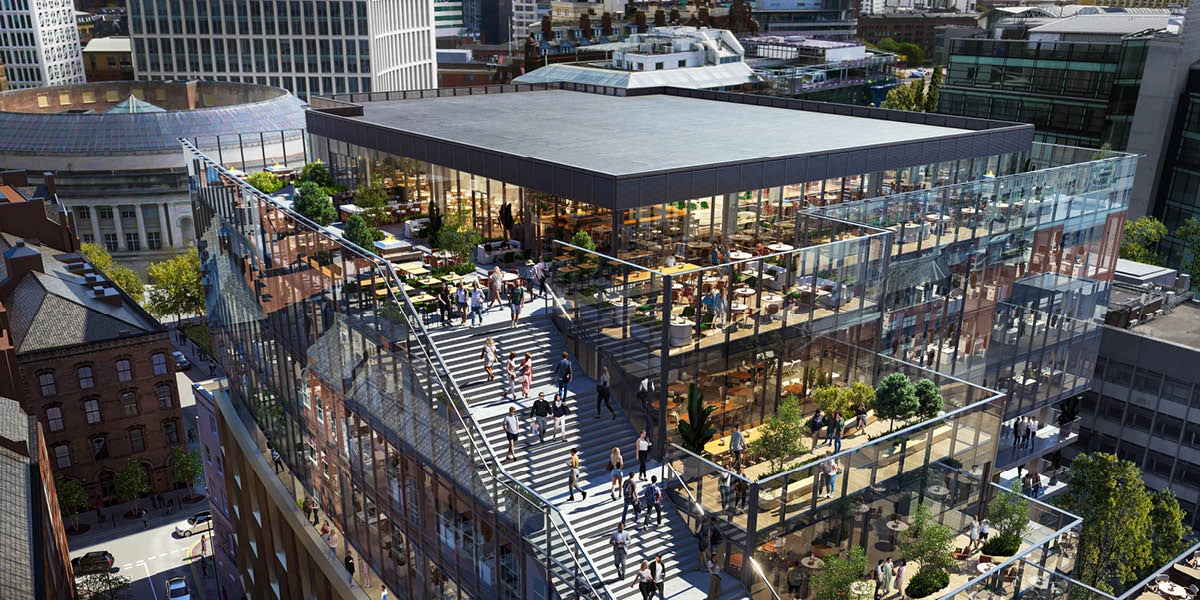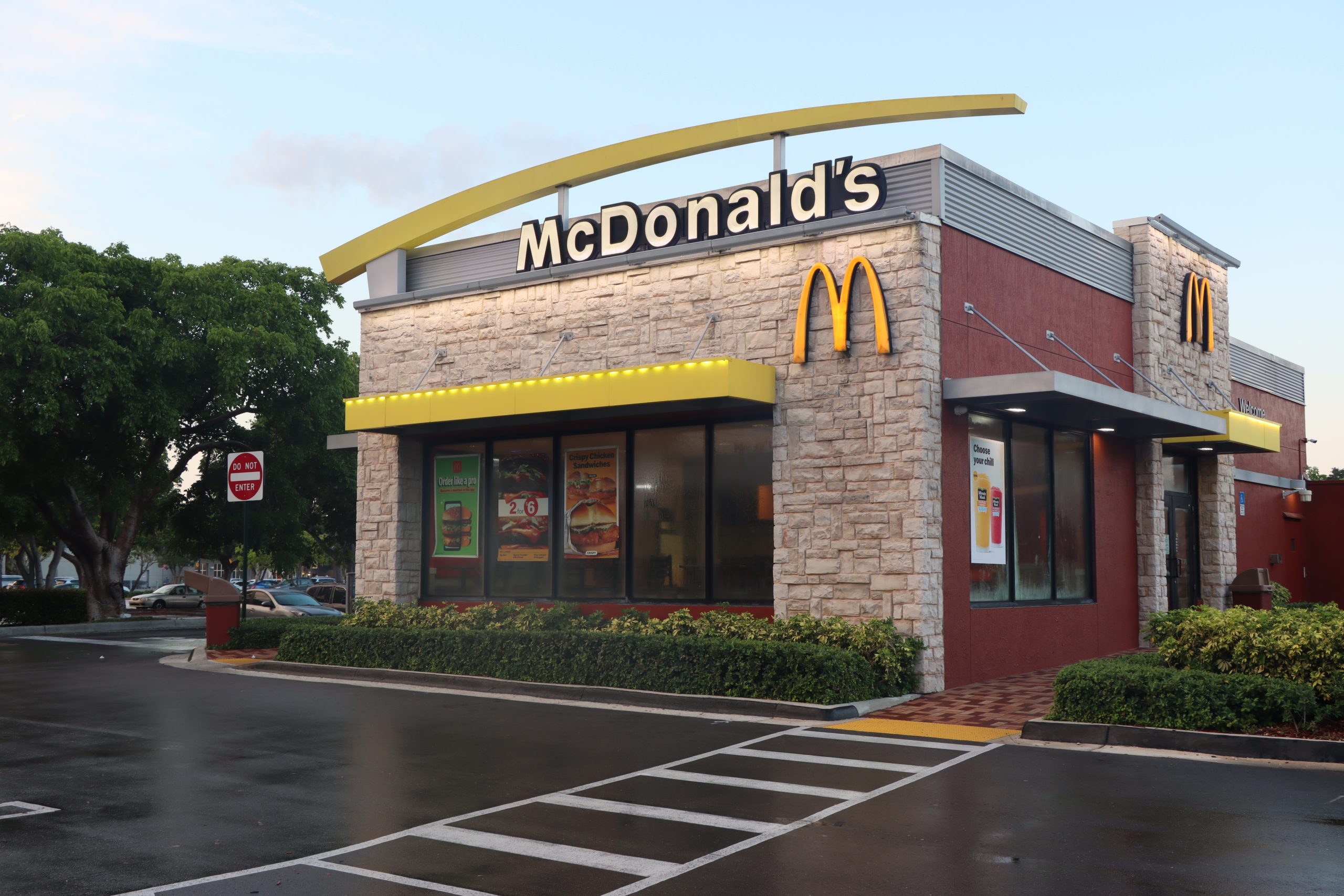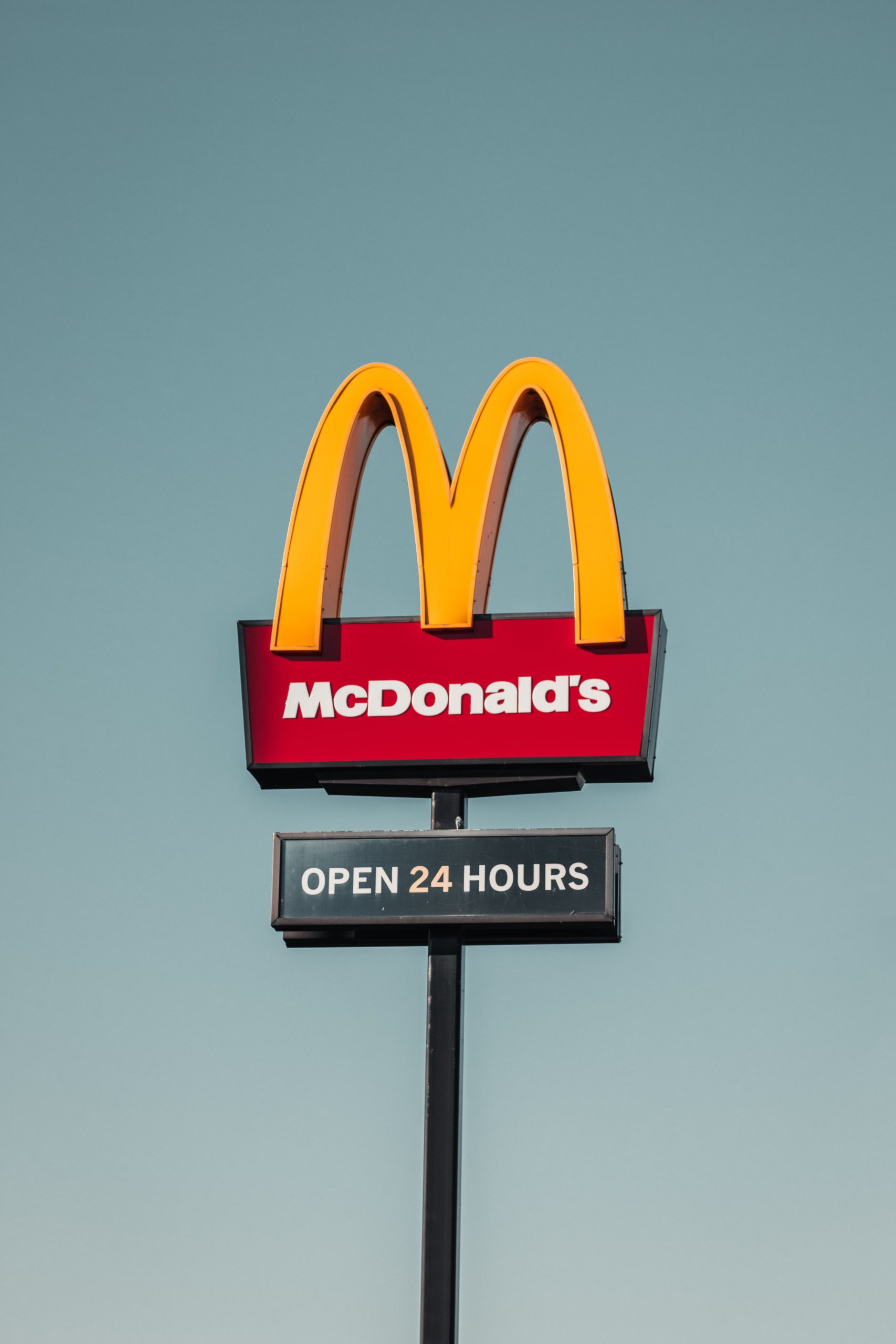The price of construction materials – Is the end nigh for price inflation?
Despite relative stability within the construction industry prior to the COVID-19 pandemic, an array of unprecedented events since 2019 has meant that stability is not a word currently associated with construction prices. In her latest blog post, Ruth Hassard looks at the unprecedented risks the industry faces post pandemic, and how the industry can overcome these challenges.
Due to the consequences of the pandemic, rising energy costs and the Russia-Ukraine war, inflation is now at a 40-year high, interest rates have risen seven times in a row and business confidence is consequentially softening. This will inevitably mean that some construction projects are reviewed and/or delayed – will this finally lead to construction price inflation slowing down?
It would seem not. The latest data available for Q3 seems to show that those within the industry continue to face surging material and shipping costs, as well as heightened delays and shortages. This would appear to indicate that the top of the market cannot yet be called, and construction businesses continue to search for ways to overcome pricing challenges.
Unprecedented risks post-pandemic
Although the industry showed great resilience through the pandemic, the impact of the Russia-Ukraine war has sent shockwaves through supply chains and inhibited growth in the sector. With Russia and Ukraine being major exporters of materials such as steel (structural and reinforcement) and timber to the United Kingdom, contractors are now experiencing a shortage in supply. With sanctions placed on Russian exports and Ukrainian steel-mills reducing and ceasing production, the availability of such material is far less than even a year ago. Contractors are therefore attempting to source alternative products, however with demand outstripping supply, prices continue to grow (for example a 27.9% increase in Q2 2022 for structural steel) and projects are facing serious delays due to increasing lead-in times.
The rise in energy prices is also causing major disruption to energy-intensive construction products such as aluminium, brick, glass, and steel, with energy accounting for circa one-third of production costs. Such price surges have led economic analysts to predict that inflation could reach as high as 18% in 2023, which provides little hope for the much-needed reduction in prices (1).
Despite relative stability within the construction industry prior to the COVID-19 pandemic, an array of unprecedented events since 2019 has meant that stability is not a word currently associated with construction prices. In her latest blog post, Ruth Hassard looks at the unprecedented risks the industry faces post pandemic, and overcoming these challenges.
Due to the consequences of the pandemic, rising energy costs and the Russia-Ukraine war, inflation is now at a 40-year high, interest rates have risen seven times in a row and business confidence is consequentially softening. This will inevitably mean that some construction projects are reviewed and/or delayed – will this finally lead to construction price inflation slowing down?
It would seem not. The latest data available for Q3 seems to show that those within the industry continue to face surging material and shipping costs, as well as heightened delays and shortages. This would appear to indicate that the top of the market cannot yet be called, and construction businesses continue to search for ways to overcome pricing challenges.
Unprecedented risks post-pandemic
Although the industry showed great resilience through the pandemic, the impact of the Russia-Ukraine war has sent shockwaves through supply chains and inhibited growth in the sector. With Russia and Ukraine being major exporters of materials such as steel (structural and reinforcement) and timber to the United Kingdom, contractors are now experiencing a shortage in supply. With sanctions placed on Russian exports and Ukrainian steel-mills reducing and ceasing production, the availability of such material is far less than even a year ago. Contractors are therefore attempting to source alternative products, however with demand outstripping supply, prices continue to grow (for example a 27.9% increase in Q2 2022 for structural steel) and projects are facing serious delays due to increasing lead-in times.
The rise in energy prices is also causing major disruption to energy-intensive construction products such as aluminium, brick, glass, and steel, with energy accounting for circa one-third of production costs. Such price surges have led economic analysts to predict that inflation could reach as high as 18% in 2023, which provides little hope for the much-needed reduction in prices (1).
On top of this, following Brexit, the industry faces labour and staffing shortages, and has seen wage inflation in line with many other sectors of our economy.
New construction orders in fact reduced by 10.4% in Q2 in comparison to Q1. Whilst this would normally lead to downward pressure on construction prices, this is simply not coming through currently due to a combination of the various macro-economic factors noted above.
Overcoming the challenges
Such turmoil in the industry has meant that contractors are having to rethink the terms on which they enter into contracts. Whilst fixed price contracts were once the norm, it would now be dangerous to commit to a contract without provisions to account for additional costs which may be incurred due to market changes. This inevitably extends the negotiation process, with contractors requiring flexible price provisions in order to mitigate potential losses as inflation continues into 2023.
Negotiation has therefore become imperative, and bespoke price mechanisms are being sought in contracts throughout the industry, albeit facing the inevitable push back from employers who wish to have a level of price certainty.
One potential positive from the market disruption is a more open discussion between contractors and employers from the outset of a project around risk and ownership of that risk. Rather than ask a contractor to price for a risk that has not been (or cannot be) properly quantified, or to simply rely on ‘force majeure’ type provisions, parties are openly discussing, analysing and owning risks, thereby helping to reduce the need for contingency pricing, as well as properly dealing with, and solving, supply chain and procurement issues.
Properly thought-out advance payment mechanisms, forward forecasting and scheduling of required materials are now encouraged to provide a level of certainty around the continuity of supply and to mitigate any delays caused by potential supply-chain bottlenecks or shortages of materials.
As the recessionary clouds loom, there is hope in some quarters that the market will simply correct itself, in the time-honoured way. However, rather than a race back to “design and dump” procurement with full transfer of unknown risk to a party ill equipped to take that risk on, it is hoped that the pragmatism, teamwork and honest assessment of problems that has helped projects succeed in these most difficult of times should remain the default approach of employers and contractors.
Reference List
- Tier 1 Contractor, Construction Products and Supply Chain inflation report. 17th (October 2022).
By Ruth Hassard















































































